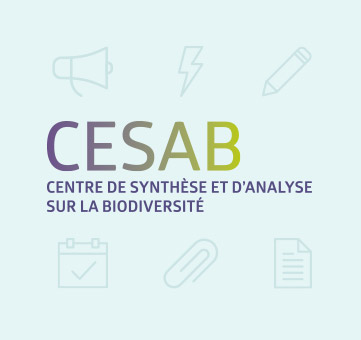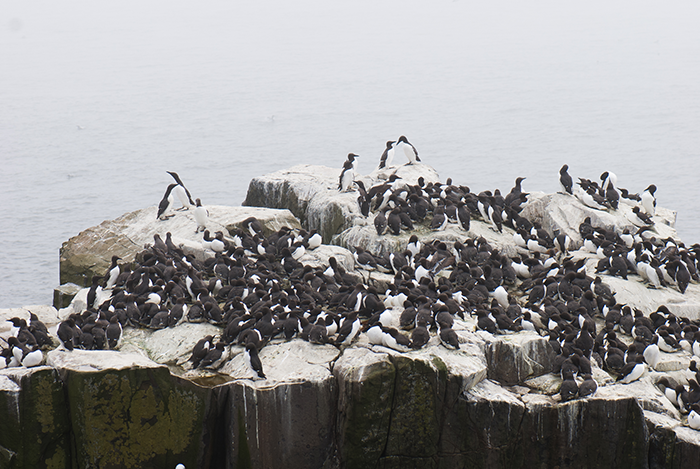The ocean is a three-dimensional environment with an important vertical dimension, depth, which structures unique ecosystems and specific human uses. However, marine management and conservation tools are dominated by a two-dimensional representation of the ocean, which neglects this vertical stratification. While this reductionist representation of the ocean was compatible with mainly coastal human uses, the expansion of the human footprint towards the high seas and the deep ocean requires a new approach that takes into account this vertical complexity. Taking into account the depth of the ocean is particularly important given the new targets of the Montreal-Kunming agreements, including the goal of achieving 30% marine protection coverage by 2030, as well as the recent international treaty for the management of biodiversity in the high seas.
In this context, researchers from Criobe and the University of Washington have developed a new approach to assess the distribution of human impacts and conservation efforts across the three dimensions of the ocean: latitude, longitude and depth. To do this, a typology of the main ecological units across the depths (Figure 1) is superimposed on a two-dimensional typology of marine ecoregions to define three-dimensional ecoregions.

Figure 1: Depth reached by fishing activities by gear type. The depth of the pictograms representing each machine indicates the maximum depth at which these machines operate.
Using this new typology, the team assessed the global three-dimensional distribution of conservation efforts and fishing activities, which today constitute the main direct human pressure on marine ecosystems. The analyses are based on public databases, such as the Global Fishing Watch for fishing activities, the World Database on Protected Area for conservation efforts, and GEBCO for bathymetric data.
The results revealed that the different depths of the ocean, which correspond to unique ecosystems, benefit from very disparate conservation efforts. While the shallowest ecosystems (0 to 30 m) are the best protected, the deeper ecosystems, including the mesophotic (30 to 150 m), the rariphotic (150 to 300 m) and the abyss (3500 to 6000 m), have still not reached the 10% protection coverage target set by the Convention on Biological Diversity (CBD) and which should have been achieved by 2020. In contrast, the 3D footprint of fishing activities extends across all depths, with 37% of global fishing activities operating in the deep ocean, below 300 m.
On the other hand, the results show that conservation efforts are disproportionately directed towards areas where the least fishing activity takes place, a phenomenon of avoidance called “residual conservation”. In other words, the areas most impacted by human pressures most often remain unprotected. In addition, marine areas of strong protection, where extraction regulations are strict, and which provide the greatest ecological benefits, are underrepresented in all ecoregions and depths, with only 1.4% coverage globally.
The weaknesses of the global network of marine protected areas highlighted by this study call for a more holistic representation of the ocean, taking into account its vertical structure and the complex processes of connectivity linking the pelagic to the benthic. Improving ecological representation at all depths, increasing strong protection coverage, and prioritizing areas most impacted by human uses must be the priority of conservation strategies at the national and global levels.

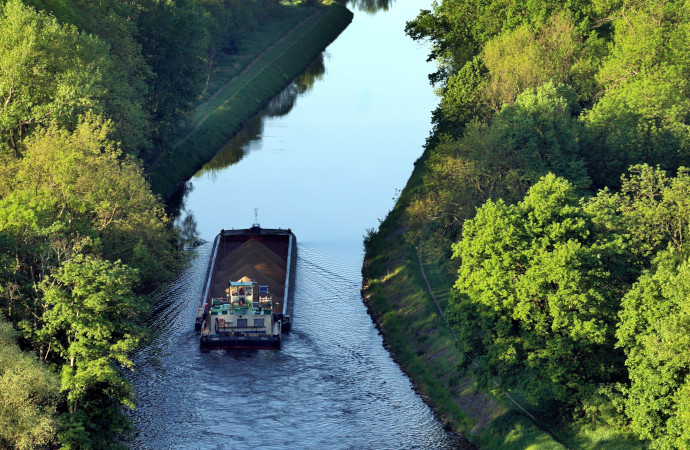

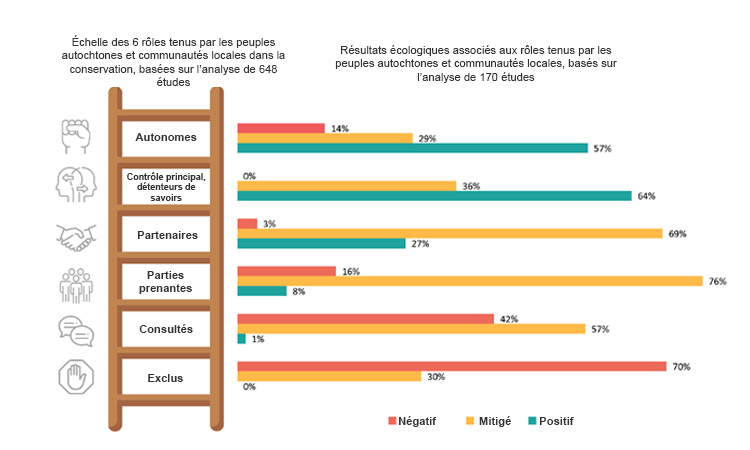
![[Press release] Blue Justice: a new movement in favor of coastal communities, often excluded from decisions in conservation](https://www.fondationbiodiversite.fr/wp-content/uploads/2021/07/Photo_Blue_Justice_web2.jpg)
![[Press release] A new method to assess ecosystem vulnerability and protect biodiversity](https://www.fondationbiodiversite.fr/wp-content/uploads/2022/08/FRB_cesab_CP_low_res.jpg)
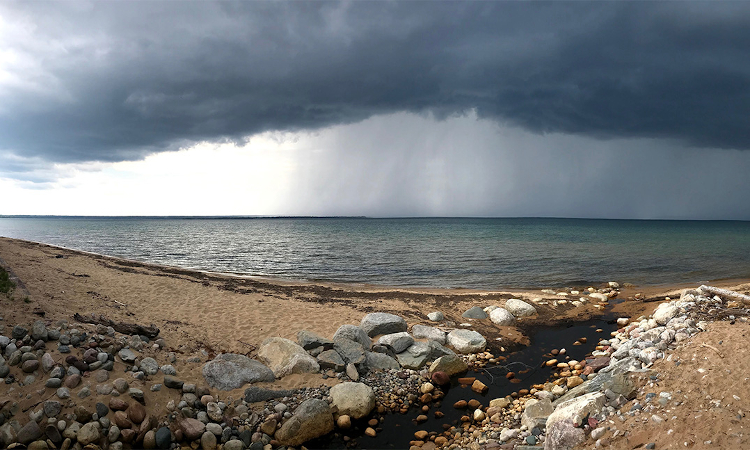
![[Press release] Double jeopardy for ecologically rare birds and terrestrial mammals](https://www.fondationbiodiversite.fr/wp-content/uploads/2020/10/tamatin_doree_FREE.jpeg)
